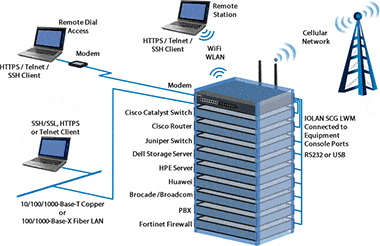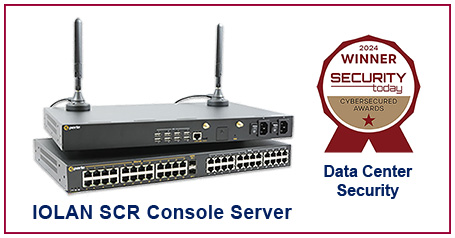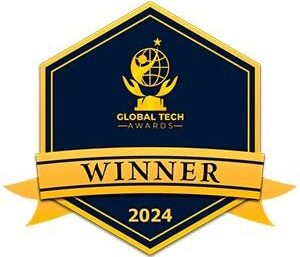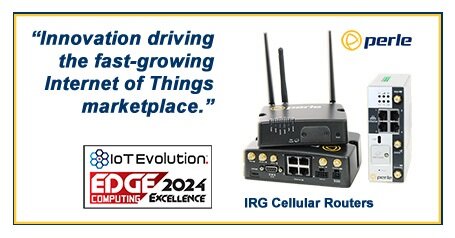
Healthcare IoT: The Prescription for Outdated Infrastructure
By Max BurkhalterJanuary 6, 2022
Industries of all kinds are held back by outdated, inflexible technology. The difference in the medical sector is that the stakes are higher. A failure of technology could literally be a matter of life and death.
Due to the sheer importance of enabling better care, coupled with the ability of technology tools to improve patient outcomes, smart devices and the internet of things (IoT) are major focus areas in healthcare. The global pandemic has only increased the urgency of IT improvement initiatives at hospitals and other care facilities,
IoT solutions are capable of helping medical organizations in multiple ways, with new use cases constantly emerging. The strong connection between healthcare and smart technology is visible in recent research on tech adoption and growth.
Finding Incentives to Make Medical IoT Investments
A recent report from Markets and Markets indicated some of the reasons why IoT growth matters so much in today's high-stakes healthcare conditions. For example, too many medical providers are still struggling with the limitations of legacy technology.
While modern solutions promise more effective diagnoses and treatments, not every care facility has these capabilities. Hospitals, clinics and labs still running their operations on outdated infrastructure may be able to revolutionize their workflows and patient outcomes if they can find the resources to replace their obsolete systems.
Fortunately for care providers that do not yet possess IoT solutions and related infrastructure, governments have noticed the need for digital health solutions. Markets and Markets reported that amid the unprecedented strain of pandemic conditions, investment priorities have modernized and shifted.
The use cases for smart devices emerged early in the pandemic, and have shaped official thinking since then. IoT equipment allows users to have a reliable flow of data, often with reduced contact between medical personnel and patients. This is a powerful incentive to upgrade when dealing with infectious diseases and a higher volume of patients than providers previously had to see.
Envisioning a Digital Health Future
What kinds of systems will care providers build as they embrace the IoT and related technologies? Healthcare IT News recently spoke with T.J. Elbert, general manager of a health IT provider, to make predictions on this subject. He suggested that U.S. care providers will need new, rethought infrastructure to manage the data created by complex new multi-location IT deployments.
Data governance will become more important than ever as data flows in from an increasing number of sources, including IoT devices deployed to patients' homes. The promise and challenges of IoT-powered healthcare are closely tied together. To collect information from patients and use that information in effective, compliant ways, medical IT departments will need to grow and adapt.
Elbert added that to be ready for the shift to come, managers at health organizations should take a few important steps. They must assess the current state of their data strategy, determine whether they have the services architecture to share data effectively, then commit to bringing in people and processes that will get them to the next level.
Powering an IT Revolution
The networking infrastructure in place within hospitals and other healthcare facilities will have to be strong and secure to stand up to the demands of the coming years. Perle can help, by providing the console servers, serial to fiber extenders and more that will connect vital devices. Learn more by reading healthcare IT success stories.



